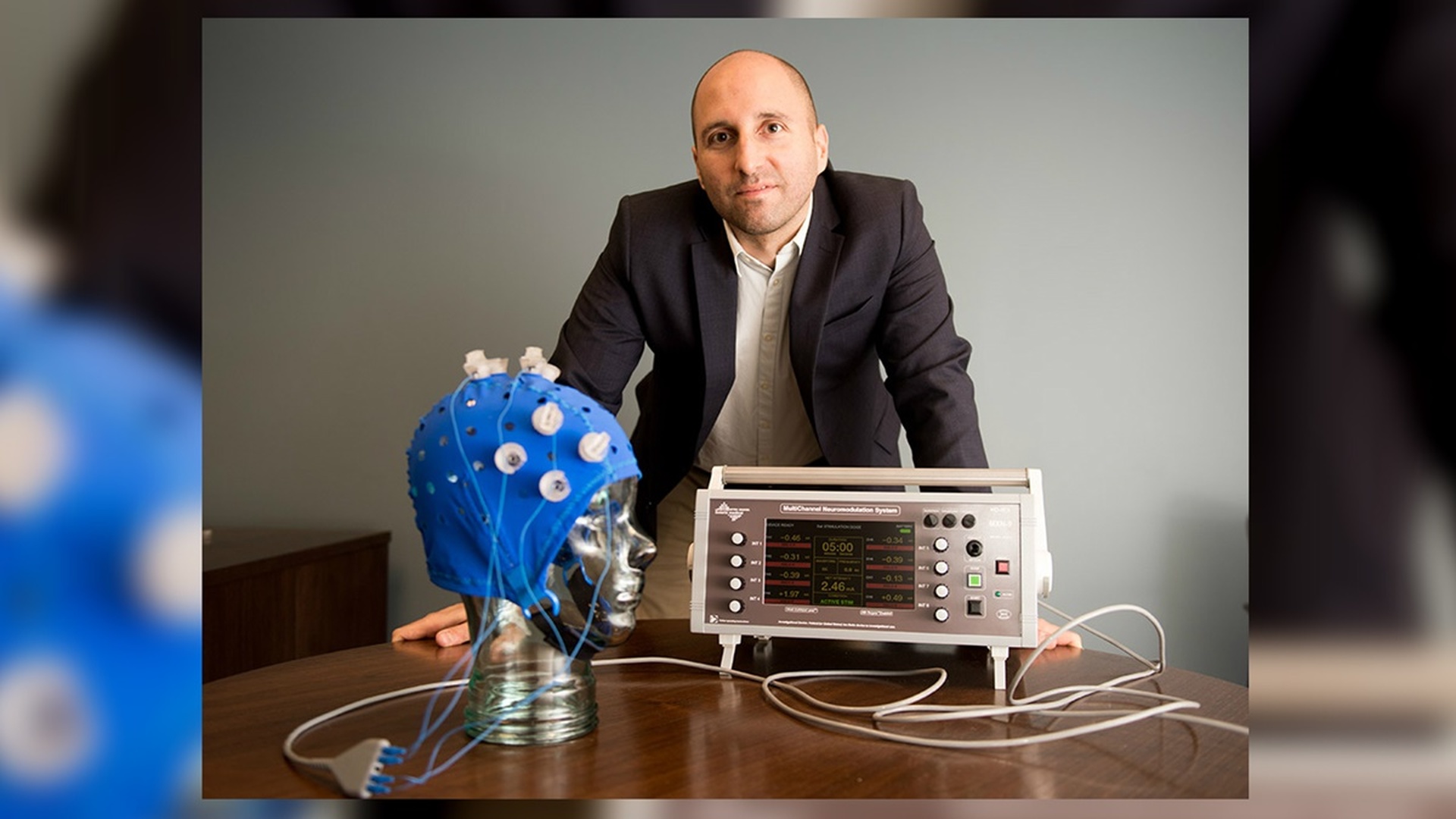Stimulation with electricity leads to a significant improvement in the memory of the elderly

The human brain is a very complex system. Even to solve the simplest mathematical problem, the brain must perform a large number of intermediate operations. And in order to make these operations possible, a person has the ability to keep in mind small pieces of information that are needed for current work.
Information is stored in the so-called "working memory", which is associated with both short-term and long-term memory. In general, the whole system is responsible for decision-making (any) and logical thinking. But, unfortunately, working memory works differently for people from different age categories.
On average, it begins to decline at the age of about 30 due to the fact that parts of the brain are gradually “out of sync”. By the age of 60-70, in many people this process becomes so obvious that cognitive difficulties appear. For example, it becomes difficult to remember a phone number or recall a term.
According to experts from Boston University, electrical stimulation of the brain allows you to restore the old brain's ability to previous cognitive abilities . Scientists managed to achieve a significant effect, which, unfortunately, turned out to be short-lived.
The experiment was attended by 42 volunteers aged 20-29 years and 42 elderly people aged 60-76 years.
Initially, participants were tested for the functionality of working memory. They were shown two images between which it was necessary to find differences. After a long period of time, these differences had to be remembered and called again. As it turned out, representatives of the older age category performed this work more slowly, giving less accurate answers than the young participants in the experiment.

Research Advisor Rob Reinhart with Equipment Used in the Experiments
Scientists believe that the reason is that in older people, brain rhythms that are responsible for the interaction of different parts of the brain are out of sync. Namely, those who participate in the transmission of information and memories. This assumption was confirmed after electroencephalography of all participants.
Scientists have suggested that electrical stimulation allows you to again synchronize different parts of the brain, returning the rhythms to their previous mode of operation. In particular, theta rhythms should correspond to faster gamma rhythms between brain regions such as the prefrontal cortex and the temporal cortex of the left hemisphere.
It was decided to test transcranial stimulation with alternating current. The electrodes provided a soft effect of the current on certain parts of the brain. The effect of current on the brain for 25 minutes could return the effectiveness of working memory of older people to the level of young volunteers.
Unfortunately, the duration of the effect did not exceed 50 minutes after the end of the procedure. The most interesting thing is that transcranial electrical stimulation improved the working memory of young participants. After this procedure, representatives of the younger age group coped with their tasks better than before.
In the future, scientists plan to analyze the results in order to understand how repeated stimulation of this type can affect the functioning of the brain. Perhaps the results will help to develop new methods for improving age-related changes in the cognitive abilities of elderly patients.
The results of the current study are published in the authoritative scientific journal Nature Neuroscience .


